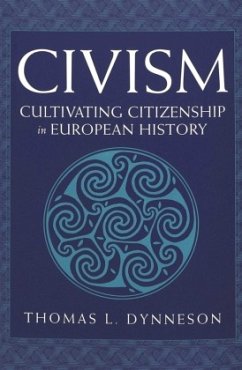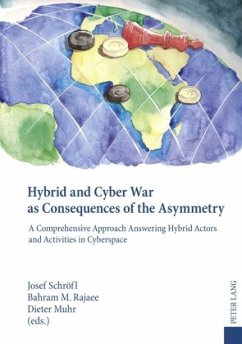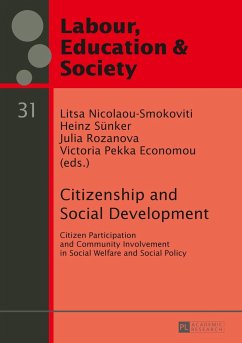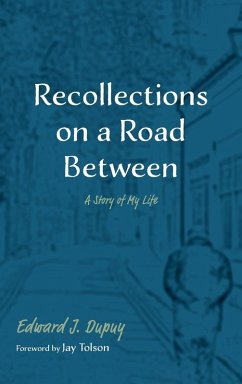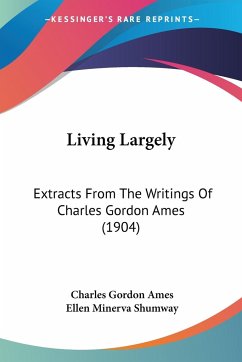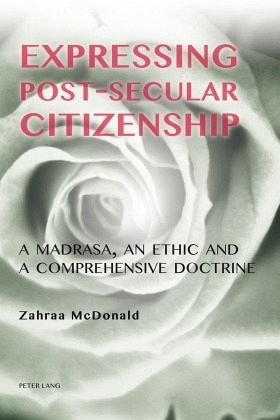
Expressing Post-Secular Citizenship
A Madrasa, an Ethic and a Comprehensive Doctrine
Versandkostenfrei!
Versandfertig in 6-10 Tagen
71,90 €
inkl. MwSt.

PAYBACK Punkte
0 °P sammeln!
According to Habermas, the contemporary public sphere is post-secular. In other words, the continuing presence of religious communities within a secular society is indisputable. However, the significance of this is not entirely clear, despite intensive discussion by social scientists, journalists, policymakers and politicians regarding the role of religion in the public sphere. Understanding contemporary religious phenomena requires serious academic and public engagement. Drawing on theoretical approaches from sociology (Max Weber), philosophy (John Rawls) and religious studies (Abdulkader Ta...
According to Habermas, the contemporary public sphere is post-secular. In other words, the continuing presence of religious communities within a secular society is indisputable. However, the significance of this is not entirely clear, despite intensive discussion by social scientists, journalists, policymakers and politicians regarding the role of religion in the public sphere. Understanding contemporary religious phenomena requires serious academic and public engagement.
Drawing on theoretical approaches from sociology (Max Weber), philosophy (John Rawls) and religious studies (Abdulkader Tayob), this book analyses empirical data from the study of a madrasa in South Africa in order to explore the important question of how individuals may engage in the public sphere as members of religious communities.
Drawing on theoretical approaches from sociology (Max Weber), philosophy (John Rawls) and religious studies (Abdulkader Tayob), this book analyses empirical data from the study of a madrasa in South Africa in order to explore the important question of how individuals may engage in the public sphere as members of religious communities.






